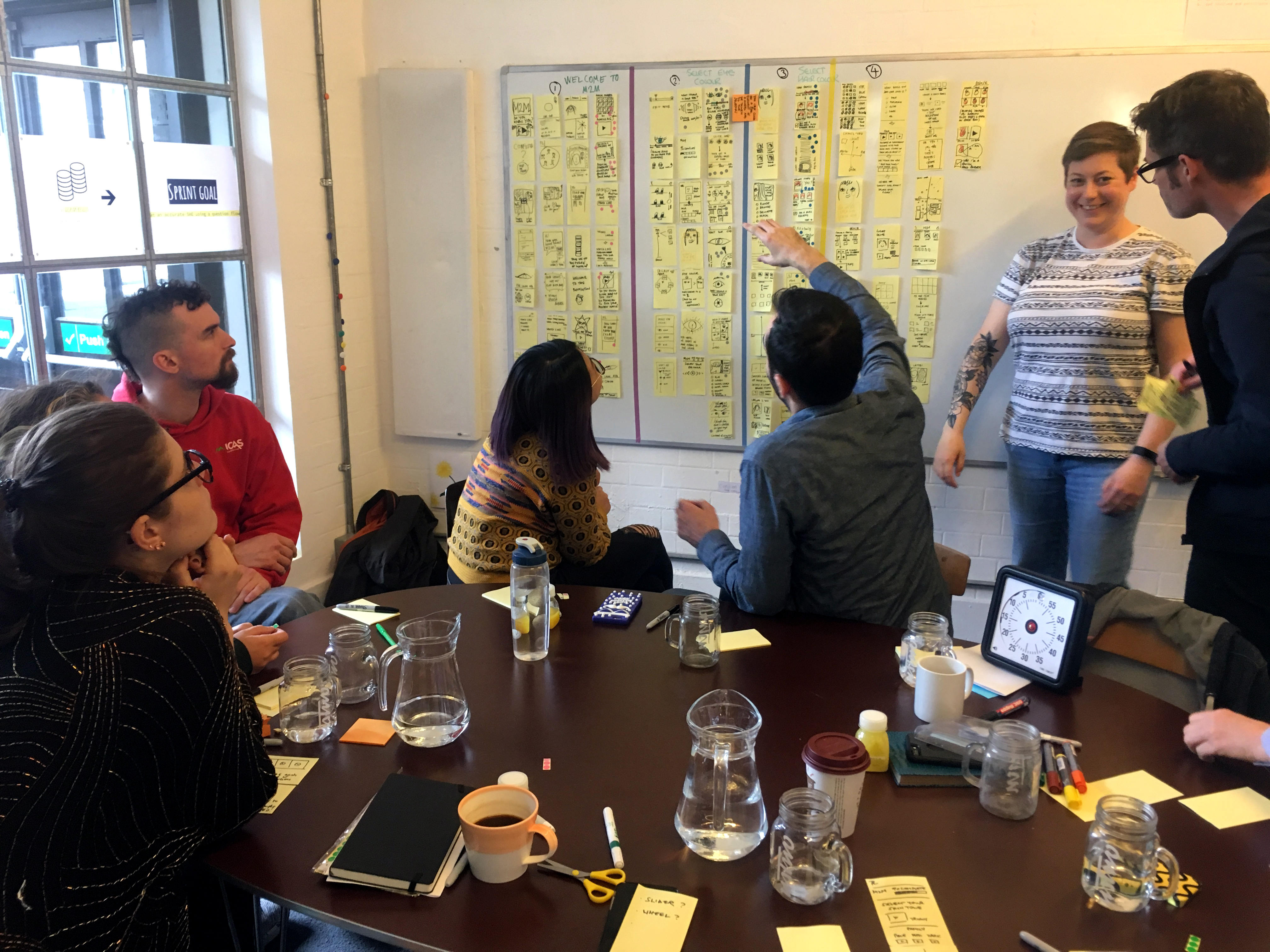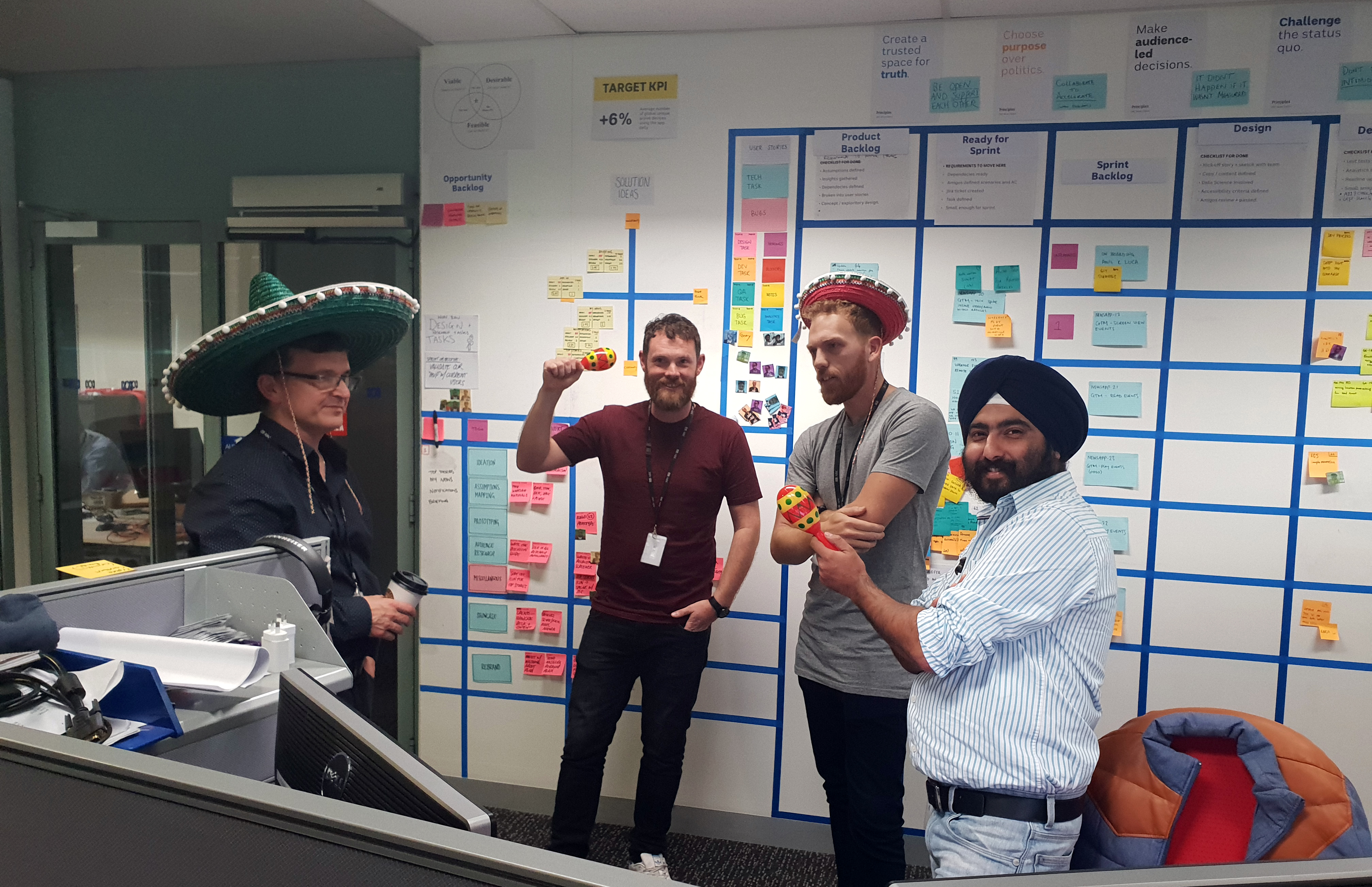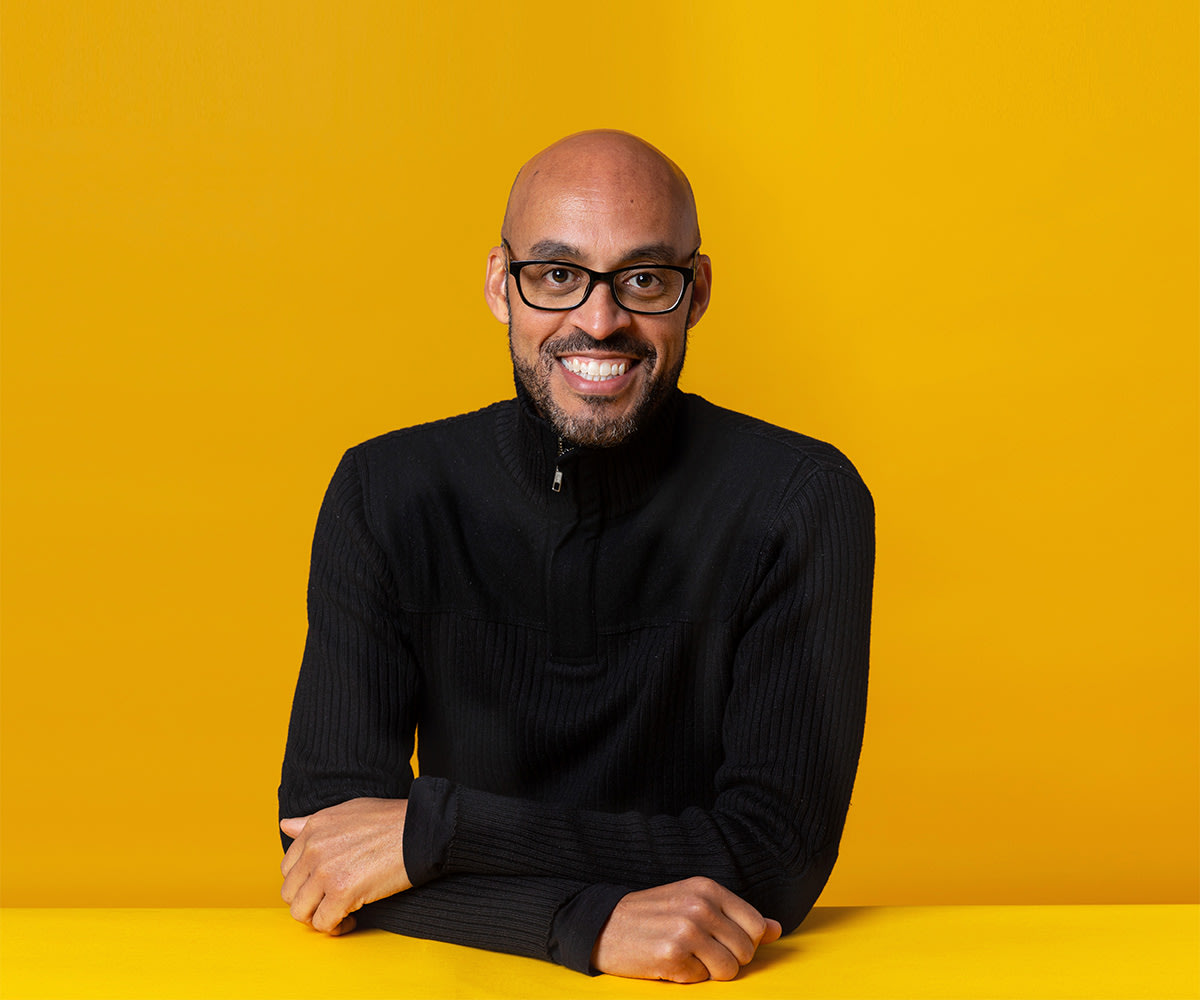It won’t come as a surprise that we’re big fans of ‘Agile’. It’s the best way to build software - as well as other things - and we’re always slightly surprised that the whole world isn’t doing it.
But it’s not without its problems, and this post is about how we mitigate some of these issues, by focusing our attention on team dynamics.
The problem is that Agile was developed by a very homogenous group of people who knew and trusted each other really well, and were deeply motivated to deliver excellent software. But often in the real world, it is more complex than that.
Agile for the real world
Firstly - and this is a good thing - most groups building software aren’t that homogenous. There’s a variety of experience, backgrounds and culture. There is also diversity of race and gender (but less often than there should be.) All of this variety will ultimately make for a better product, but it also means you have to spend more time at the beginning of a project thinking about how the team will work together, and thinking about power dynamics, relationships, respect and communication.
Secondly - Agile tends to assume a team is long-lasting and stable. For many it’s a foundational principle. Team formation is difficult, so why would you break one up? In our world, our projects lengths are often measured in months, not years, so we often have to deliver to tight deadlines and have to change and flex the team as we go.
Thirdly - because we believe in building and learning as one team together with our clients, we have to work even harder because the team is made up of people from different companies, with different processes, ways of working and culture.
All of which is why we pay so much attention to team dynamics and why our coaches are especially skilled to do more than just get the team delivering, they’re also there to help the group of individuals become a team.

Humans, not resources
One of the ways we do that is to try - as quickly as possible - to get team members to see each other as humans, not just job titles. The key to that is creating moments where people can share something personal about themselves without feeling overly exposed. We’re trying to accelerate the exchange of vulnerability and openness that happens in any effective team - but we have to do it in a way that doesn’t feel too uncomfortable or forced.
This is not easy. You can’t just pick an exercise and dive in, it has to be done by people with some sensitivity to group dynamics and some experience of team formation. When you want people to gel, you can’t force it.
Embedded content: https://player.vimeo.com/video/275020344
Some of the techniques we like to use:
Events - We’ll ask the team to share with each other ‘three things that made you who you are today’. This allows people to share a lot if they want to, or less if they don’t. Or, if the coach feels that the team is not ready to get personal, that might be modified to: ‘tell us three things that brought you to this meeting today’. This lets people dial down the vulnerability if they’d like to.
Face drawing - We also like a technique that gets team members to pair off and to draw each others faces, while only looking at each other and not looking at the paper. Done right this is a slightly silly energiser but also great for team formation. You’re getting physically close to another person, you’re looking at their face for an unusual amount of time; this creates a connection.
Two Truths and a Lie - This is also a great way to let people share just as much as they want to (while nudging them in the right direction). Every team member has to declare three things about themselves. Two things that are true and one thing that isn’t. Then the rest of the team tries to spot the lie. This quickly gets beyond work stuff and into the interesting biographical facts that helps teams connect.
None of these are proprietary techniques to us - our coaches have picked them up from many places - but we do think there’s something special in combining Agile delivery with this amount of attention to team dynamics. In fact we believe it’s essential. It helps us have better outcomes for our clients as we make together, learn together and change together.
